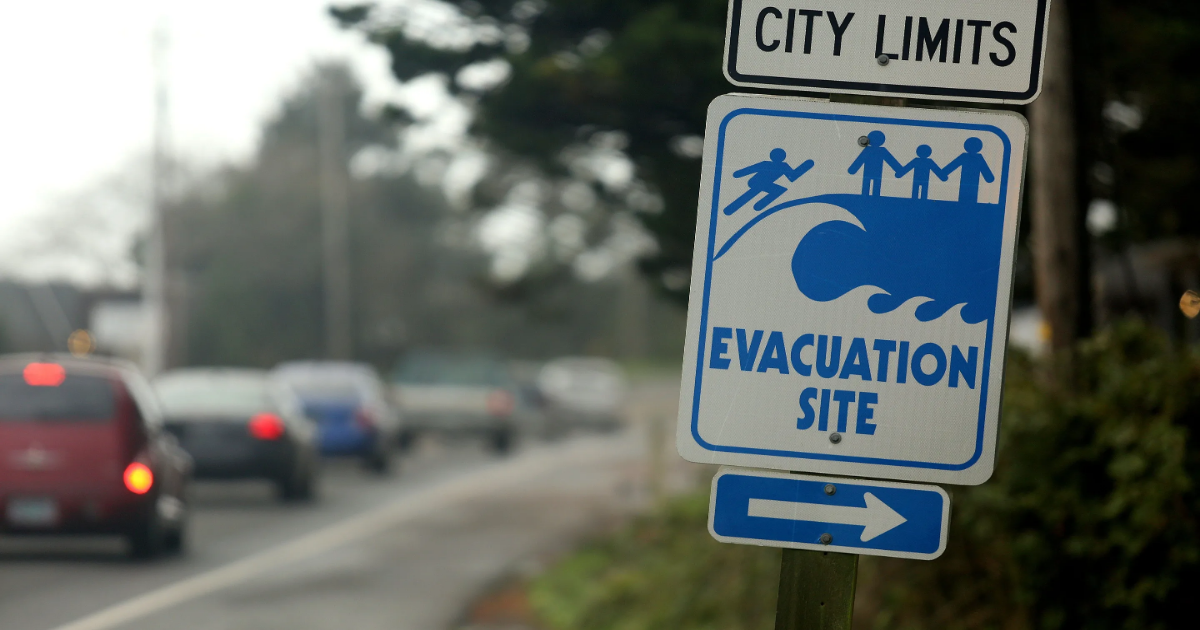
An earthquake powerful enough to rank among the top 10 strongest earthquakes on record struck off the coast of Russia on July 29, triggering a series of tsunami warnings and watches.
The earthquake measured an incredible magnitude of 8.7. For context, the Michigan Technological University says magnitude 8.0 or greater earthquakes can cause massive damage and destroy communities.
The U.S. Tsunami Warning System (tsunami.gov) will be updating its guidance as experts learn more about the threat, including maps showing what areas face what risks. In the minutes and hours after a major earthquake, tsunami assessments change as researchers track data from buoy and other interments.
Latest updates: Live coverage of Tsunami risk after 8.7 earthquake off Russia
Here’s what each of the alert levels mean, according to the agency:
- Tsunami Warning: Take Action—Danger! A tsunami that may cause widespread flooding is expected or occurring. Dangerous coastal flooding and powerful currents are possible and may continue for several hours or days after initial arrival. Follow instructions from local officials. Evacuation is recommended. Move to high ground or inland (away from the water).
- Tsunami Advisory: Take Action—A tsunami with potential for strong currents or waves dangerous to those in or very near the water is expected or occurring. There may be flooding of beach and harbor areas. Stay out of the water and away from beaches and waterways. Follow instructions from local officials.
- Tsunami Watch: Be Prepared—A distant earthquake has occurred. A tsunami is possible.Stay tuned for more information. Be prepared to take action if necessary.
- Tsunami Information Statement: Relax—An earthquake has occurred, but there is no threat or it was very far away and the threat has not been determined. In most cases, there is no threat of a destructive tsunami.
People who live along the coast can check their with their local emergency managers to get information for their region and risks.
